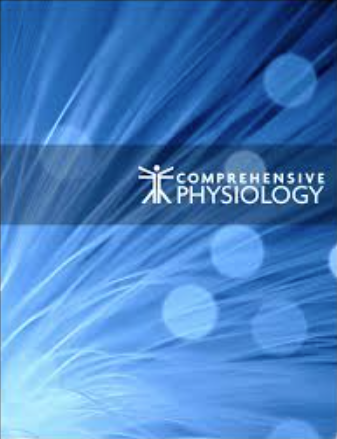求助PDF
{"title":"Human Gut Microbiota in Cardiovascular Disease.","authors":"Daniel Ronen, Yair Rokach, Suzan Abedat, Abed Qadan, Samar Daana, Offer Amir, Rabea Asleh","doi":"10.1002/cphy.c230012","DOIUrl":null,"url":null,"abstract":"<p><p>The gut ecosystem, termed microbiota, is composed of bacteria, archaea, viruses, protozoa, and fungi and is estimated to outnumber human cells. Microbiota can affect the host by multiple mechanisms, including the synthesis of metabolites and toxins, modulating inflammation and interaction with other organisms. Advances in understanding commensal organisms' effect on human conditions have also elucidated the importance of this community for cardiovascular disease (CVD). This effect is driven by both direct CV effects and conditions known to increase CV risk, such as obesity, diabetes mellitus (DM), hypertension, and renal and liver diseases. Cardioactive metabolites, such as trimethylamine N -oxide (TMAO), short-chain fatty acids (SCFA), lipopolysaccharides, bile acids, and uremic toxins, can affect atherosclerosis, platelet activation, and inflammation, resulting in increased CV incidence. Interestingly, this interaction is bidirectional with microbiota affected by multiple host conditions including diet, bile acid secretion, and multiple diseases affecting the gut barrier. This interdependence makes manipulating microbiota an attractive option to reduce CV risk. Indeed, evolving data suggest that the benefits observed from low red meat and Mediterranean diet consumption can be explained, at least partially, by the changes that these diets may have on the gut microbiota. In this article, we depict the current epidemiological and mechanistic understanding of the role of microbiota and CVD. Finally, we discuss the potential therapeutic approaches aimed at manipulating gut microbiota to improve CV outcomes. © 2024 American Physiological Society. Compr Physiol 14:5449-5490, 2024.</p>","PeriodicalId":10573,"journal":{"name":"Comprehensive Physiology","volume":"14 3","pages":"5449-5490"},"PeriodicalIF":4.2000,"publicationDate":"2024-06-27","publicationTypes":"Journal Article","fieldsOfStudy":null,"isOpenAccess":false,"openAccessPdf":"","citationCount":"0","resultStr":null,"platform":"Semanticscholar","paperid":null,"PeriodicalName":"Comprehensive Physiology","FirstCategoryId":"3","ListUrlMain":"https://doi.org/10.1002/cphy.c230012","RegionNum":2,"RegionCategory":"医学","ArticlePicture":[],"TitleCN":null,"AbstractTextCN":null,"PMCID":null,"EPubDate":"","PubModel":"","JCR":"Q1","JCRName":"PHYSIOLOGY","Score":null,"Total":0}
引用次数: 0
引用
批量引用
Abstract
The gut ecosystem, termed microbiota, is composed of bacteria, archaea, viruses, protozoa, and fungi and is estimated to outnumber human cells. Microbiota can affect the host by multiple mechanisms, including the synthesis of metabolites and toxins, modulating inflammation and interaction with other organisms. Advances in understanding commensal organisms' effect on human conditions have also elucidated the importance of this community for cardiovascular disease (CVD). This effect is driven by both direct CV effects and conditions known to increase CV risk, such as obesity, diabetes mellitus (DM), hypertension, and renal and liver diseases. Cardioactive metabolites, such as trimethylamine N -oxide (TMAO), short-chain fatty acids (SCFA), lipopolysaccharides, bile acids, and uremic toxins, can affect atherosclerosis, platelet activation, and inflammation, resulting in increased CV incidence. Interestingly, this interaction is bidirectional with microbiota affected by multiple host conditions including diet, bile acid secretion, and multiple diseases affecting the gut barrier. This interdependence makes manipulating microbiota an attractive option to reduce CV risk. Indeed, evolving data suggest that the benefits observed from low red meat and Mediterranean diet consumption can be explained, at least partially, by the changes that these diets may have on the gut microbiota. In this article, we depict the current epidemiological and mechanistic understanding of the role of microbiota and CVD. Finally, we discuss the potential therapeutic approaches aimed at manipulating gut microbiota to improve CV outcomes. © 2024 American Physiological Society. Compr Physiol 14:5449-5490, 2024.


